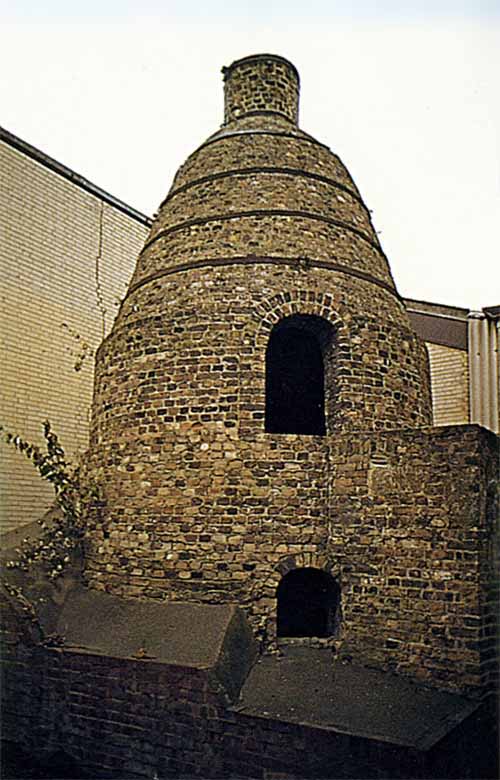Cement Turns 200

In 1845, Isaac Johnson further advanced this innovation by firing chalk and clay at much higher temperatures (1400-1500°C), leading to the creation of clinker, the primary component of Cement.
The first Cement factory is reported to be in at United States by David O. Saylor in 1876. Saylor produced John K. Shinnportland Cement in Philadelphia, making use of different materials extracted from his own quarries.

The first successful rotary kiln in Cement industry was introduced in 1885 at England by Frederick Ransome. Thereafter the industry started growing with increasing production level from different factories.
The growth of Cement Industry since early 20th century has totally changed urban landscape in last 125 years driving economic growth to its pinnacle.
Management & Employees

Since its birth, Cement remains a fundamental building block of structures with no other material posing a serious challenge to its dominance. There has been gradual improvement in process, energy efficiency and automation level in Cement production, but the product-Cement continues to stay as unique without a substitute. Therefore, Cement in global perspective, is an ever-expanding industry without any threat to its survival.
Source:
- https://www.cemexusa.com/products-and-services/cement/history-facts
- https://www.worldcementassociation.org/about-cement/our-history
- Technological developments in cement industry- Part2: After invention of modern cement production- Special emphasis on the developments in kiln technology | CemenTürk Dergisi (cementurk.com.tr)
- https://www.cementkilns.co.uk/~cementk1/cement_kiln_robins.html
- https://cementplantequipment.com/rotary-kiln-cement-plant- 2/https://www.erih.net/how-it-started/stories-about-people-biographies/biography/aspdin




